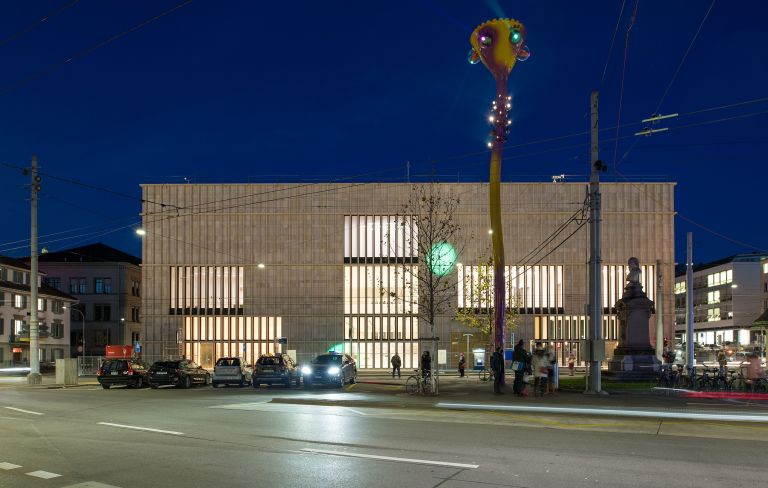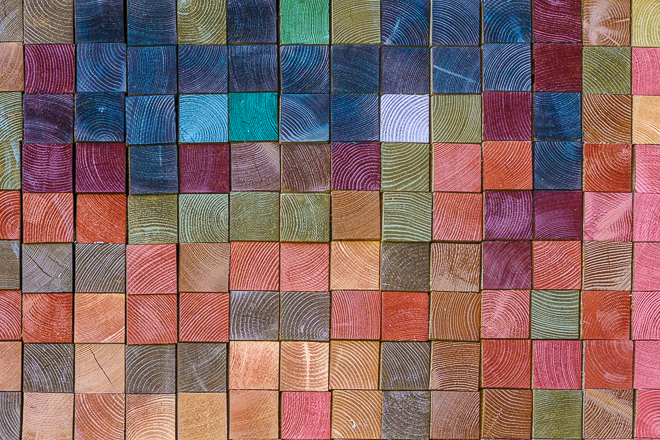From 23 September 2021 to 6 March 2022, the Vitra Design Museum in Weil am Rhein will be showing how women have made decisive contributions to the development of modern design as designers of furniture, fashion or industrial products and as interior architects or entrepreneurs. However, they feature much less often in the history books of design than men.
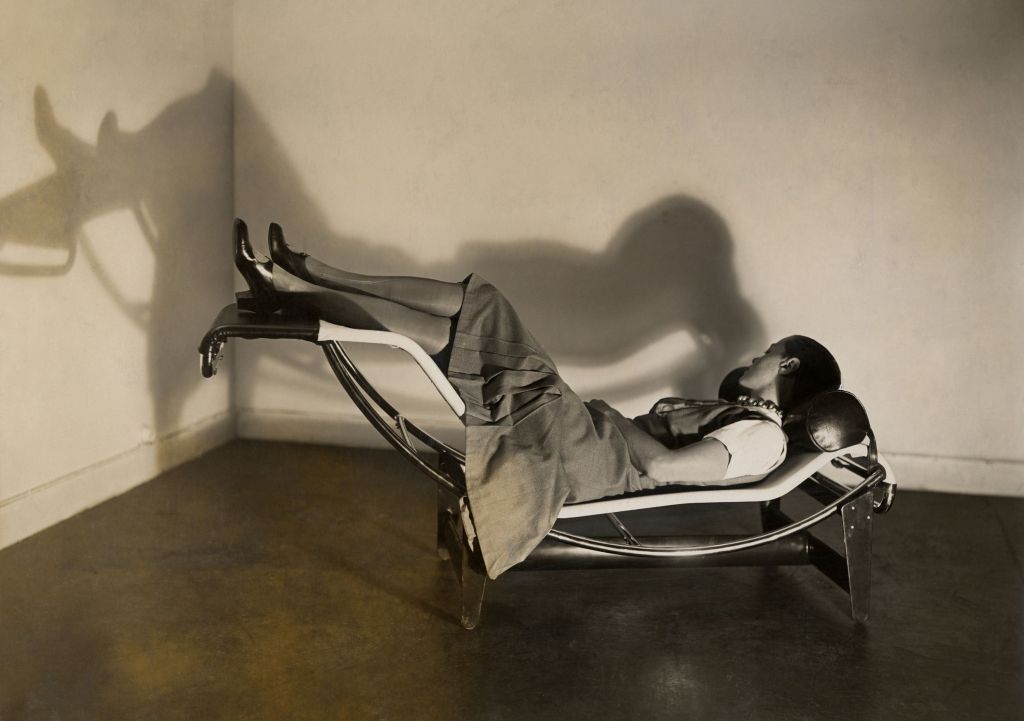
Charlotte Perriand on the Chaise longue busculante, 1929, Perriand and Jeanneret, © VG Bild-Kunst. Bonn 2021, Le Corbusier: FLC/VG Bild-Kunst, Bonn, 2021
With “Here We Are! Women in Design 1900 – today”, the Vitra Design Museum wants to contribute to changing this. The exhibition presents female designers of the last 120 years and tells a new, polyphonic design history against the backdrop of the struggle for equality. Works by around 80 women designers are on display, including protagonists of modernism such as Eileen Gray, Charlotte Perriand, Lilly Reich or Clara Porset, entrepreneurs such as Florence Knoll and Armi Ratia, but also lesser-known personalities such as the social reformer Jane Addams. Contemporary positions are represented by designers such as Matali Crasset, Patricia Urquiola, Julia Lohmann or the collective Matri-Archi(tecture) and lead visitors into the present and future.
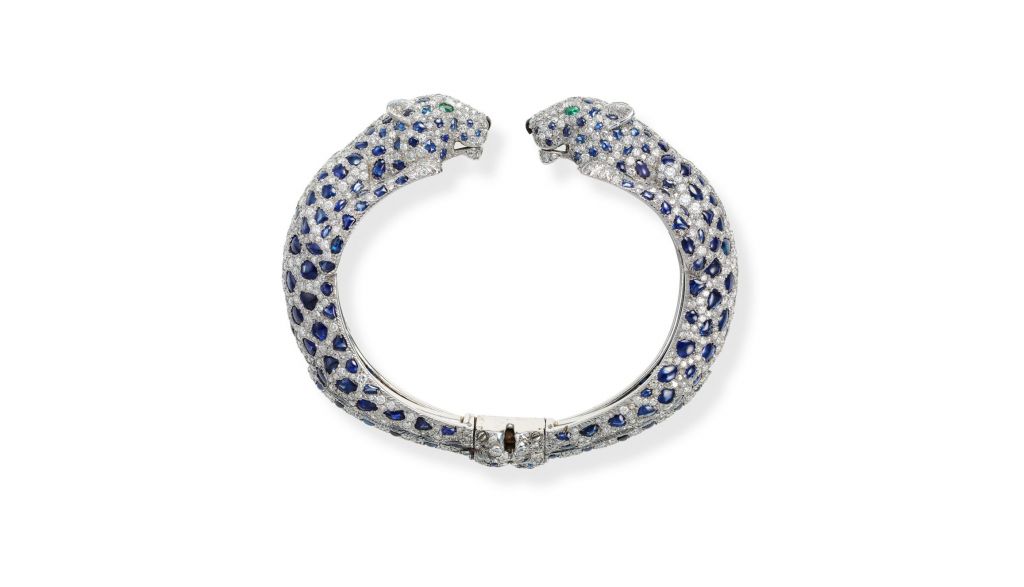
Panthère Bracelet, Cartier Paris, 1958, Cartier Collection; © Cartier; Photo: Nils Herrmann
Today, around half of design students are female, and women are leading the way in many pioneering design fields. Through a variety of high-calibre exhibits, the exhibition “Here We Are! Women in Design 1900 – Today” traces the creative work and working conditions of women in design from early modernism to the present day – from the iconic objects of an Eileen Gray to hitherto little-known new discoveries to today’s activist networks and feminist design research. The result is an assessment of a highly topical social issue that casts modern design in a new light.
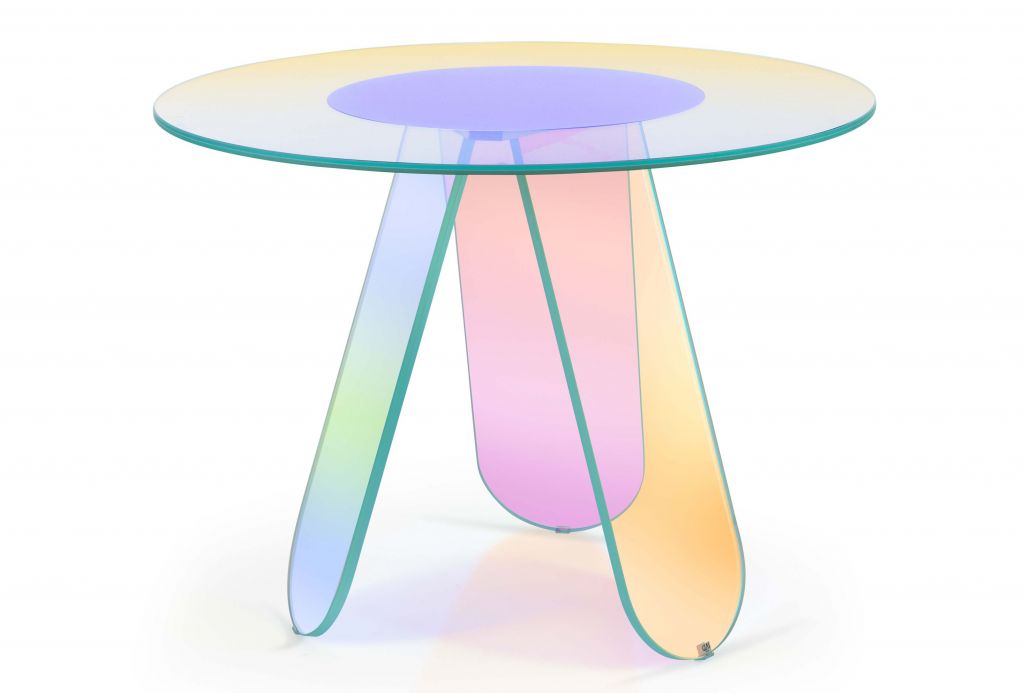
Patricia Urquiola, Shimmer, 2019; © Vitra Design Museum; Photo: Andreas Sütterlin
The exhibition is divided into four sections
The exhibition is divided into four sections that take museum guests on a journey through the last 120 years of design history.
In the first area, the focus is on the development of design in Europe and the USA, where the professional image of modern design emerged around 1900 – at the same time that women were publicly fighting for more political co-determination. These emancipation efforts were also reflected in design, for example in the work of social reformers Jane Addams and Louise Brigham, which today would fall under the term “social design”. Meanwhile, the New Yorker Elsie de Wolfe shaped the then new professional field of interior design. The works of women designers at the Bauhaus, the Russian WChUTEMAS (Higher Artistic-Technical Workshops) or the German Workshops in Dresden-Hellerau are also examined. A hitherto largely undiscovered world opens up at the Loheland School, which, like the Bauhaus, was founded in 1919 but only accepted women.
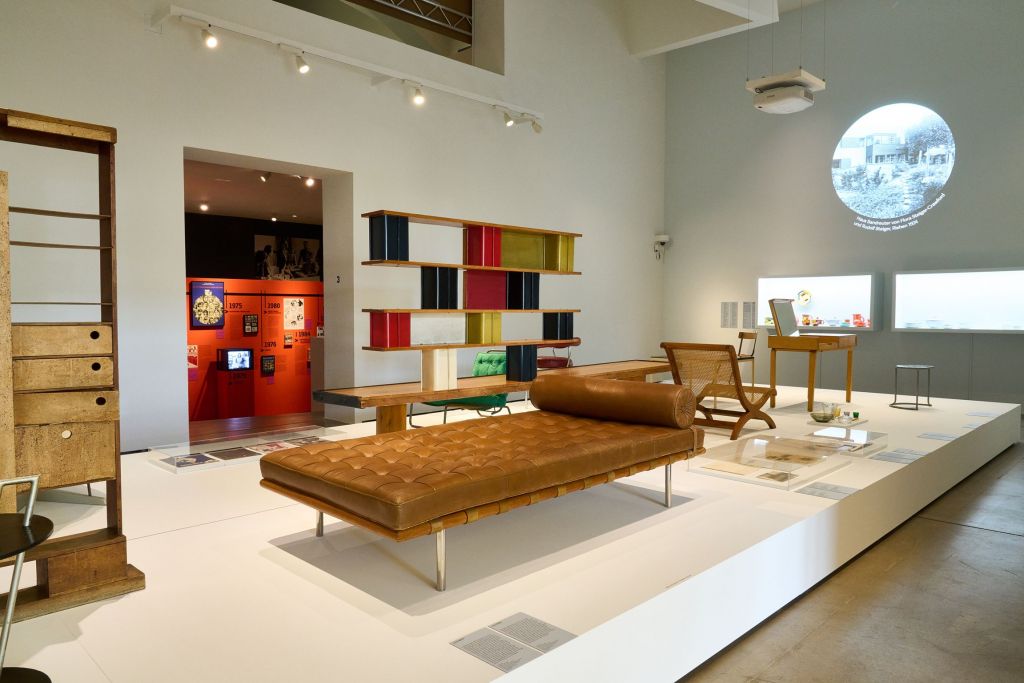
Installation view “Here we Are! Frauen im Design 1900 – heute”; © Vitra Design Museum, Photo Christoph Sagel
The second section of the exhibition is dedicated to the 1920s to 1950s. In this era, designers such as Charlotte Perriand, Eileen Gray and Clara Porset achieved their first international successes in a still patriarchal society. In the Parisian luxury industry, Jeanne Toussaint, as creative director, shaped the creations of the Cartier jewellery house for decades. She led the so-called “Département S”, whose products were intended to meet the needs of modern women in the 1920s, and stood for creations that represented a progressive, self-confident image of women. Some of the female designers portrayed in the exhibition worked closely with their partners, such as Ray Eames with her husband Charles or Aino Aalto with Alvar Aalto. The women were often overshadowed by their partners, but the exhibition shows that in many cases they made much more important contributions to the joint work than was previously known.
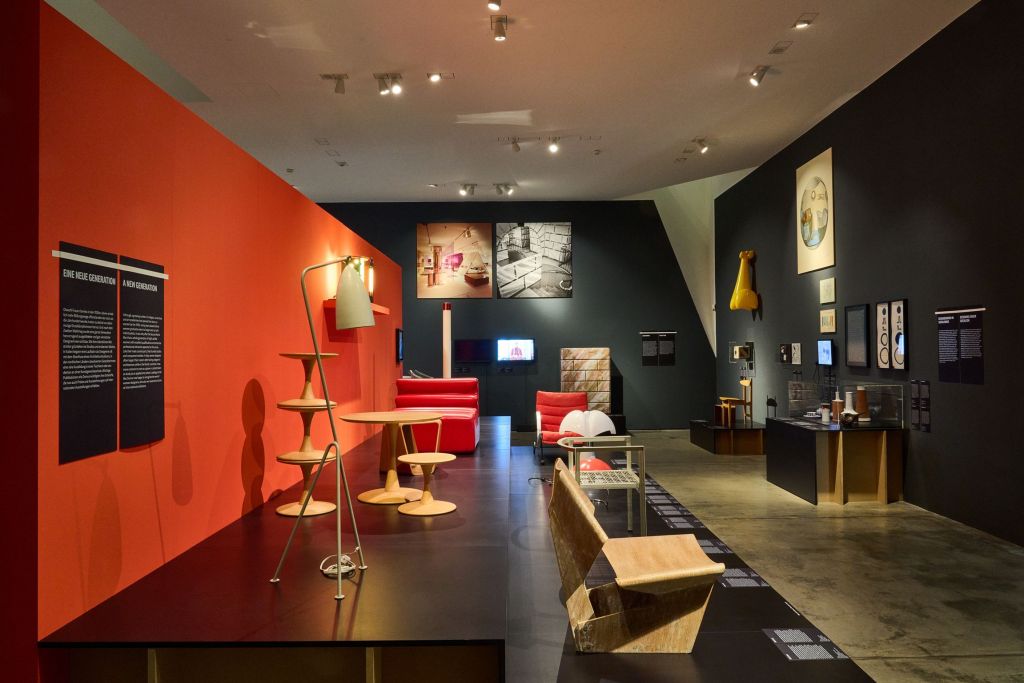
Installation view “Here we Are! Frauen im Design 1900 – heute”; © Vitra Design Museum, Photo Christoph Sagel
The third section focuses on the decades from 1950 to the end of the 1980s, when a second wave of feminism countered the conservative post-war mentality, especially from the 1960s onwards. Examples such as the Swiss Exhibition of Women’s Work (SAFFA) of 1958 show that women were often associated with domestic activities in design as well, but often produced extraordinary works despite such restrictions. The role images and possibilities of women in design continued to change: the ambivalence and upheavals of this turbulent era are reflected in the poppy Marimekko designs of the 1970s or the postmodern, sometimes spectacular objects by Italian women designers such as Nanda Vigo, Gae Aulenti or Cini Boeri.
With the fourth section, the exhibition arrives in the present. Works by internationally established women designers such as Matali Crasset, Patricia Urquiola, Inga Sempé, Ilse Crawford or Hella Jongerius prove that women in design today are just as naturally internationally successful as men. Some female designers break the established boundaries of their discipline and contribute significantly to redefining design.
Practical information about the exhibition
The exhibition is accompanied by a diverse programme, including workshops, online talks and events on the Vitra Campus. German-language guided tours of the exhibition “Here We Are! Women in Design 1900 – today” will be available every Saturday and Sunday at 3 pm from 2 October 2021; starting point: Vitra Design Museum, Charles-Eames-Strasse 2, D-79576 Weil am Rhein.
The exhibitions are open daily from 12 noon to 5 pm. You can book tickets online right here.

